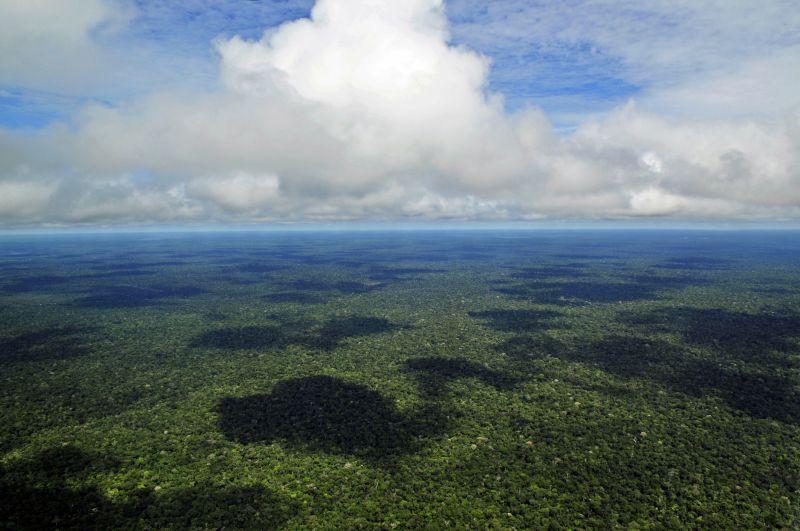Regions of the Amazon rainforest respond to drought according to differences in local forest environments and in the properties of trees, Scott Saleska of the University of Arizona and colleagues have discovered.
In the southern Amazon rainforest, mostly above a rock formation called the Brazilian Shield that has forests with shorter trees, drought response was controlled by access to groundwater. Trees with access to shallow water tables stayed green during drought, while trees over deeper water tables experienced more foliage browning and tree death. The northern Amazon’s Guiana Shield — with its tall trees with deep roots — was more drought-resilient regardless of water table depth.
The new understanding of regional differences will lead to improved predictions of forest responses to climate change, say the researchers, who recently published their U.S. National Science Foundation-funded results in the journal Nature.
“This is an innovative approach to thinking about the other side of drought, the unseen belowground component,” says Kendra McLauchlan, a program director in NSF’s Division of Environmental Biology.
>>> Read full article>>>
Copyright for syndicated content belongs to the linked Source : Nsf.gov – https://new.nsf.gov/news/scientists-discover-which-parts-amazon-rainforest
